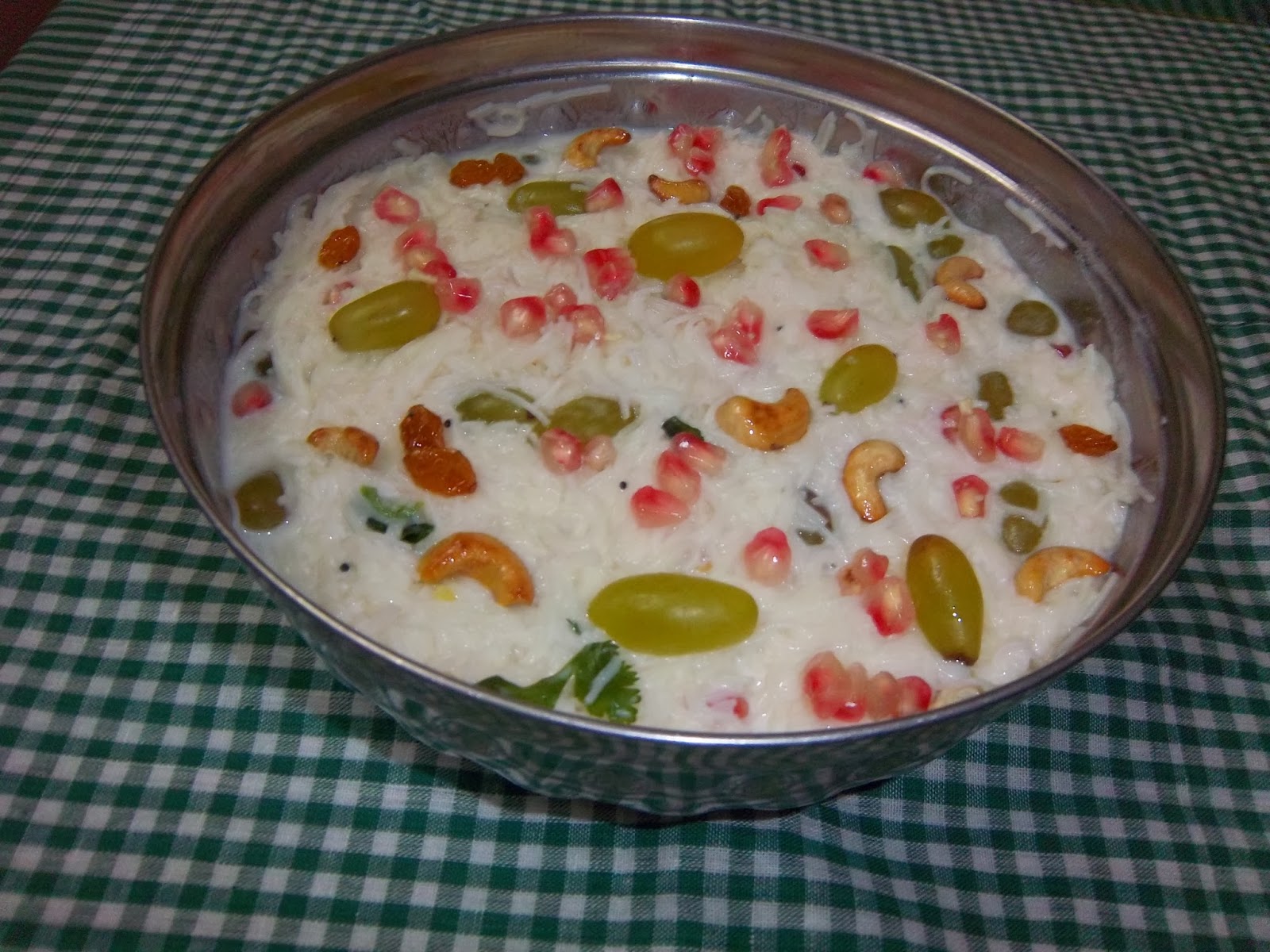Coconut Podi is a good combination for Idli, Dosai and other tiffin items.
It also can be mixed with plain rice, ghee and taken with spicy fry like Potato Fry etc.
Ingredients :
Grated coconut 2 cups.
Red chillies 6 to 8
Tamarind 1 small piece.
Urad Dhal 1/2 cup
Channa Dhal 1/4 cup
Curry leaves, Oil, Hing, Salt.
Method :
1. Heat 1 tsp. of oil in a Kadai, roast the red chillies, Hing and the Dhal till a good aroma
comes out.Add the curry leaves in between.Transfer to a plate.
2. Heat the same Kadai, add the coconut and the tamarind. Saute till the coconut starts
turning slightly brown showing that has become dry.Switch off.Cool everything.
3. In a mixer, first powder the dhal, chillies and then add the coconut.Finally add the
salt and tamarind. Grind coarsely and store in an airtight container.
Note :
If it is a Kopra coconut, it is over quickly. If it is an ordinary coconut, it takes more
time.Kopras are the best for Podi.
Otherwise, only matured coconuts with a thick kernel are good.One of my friends
always prepare this Podi, only with the coconut , after the milk is extracted. The
taste is O.K.
The combination can be changed to our choice.If the coconut flavour is to be
dominating, the Dhal can be reduced.
It also can be mixed with plain rice, ghee and taken with spicy fry like Potato Fry etc.
 |
| Coconut Podi |
Ingredients :
Grated coconut 2 cups.
Red chillies 6 to 8
Tamarind 1 small piece.
Urad Dhal 1/2 cup
Channa Dhal 1/4 cup
Curry leaves, Oil, Hing, Salt.
Method :
1. Heat 1 tsp. of oil in a Kadai, roast the red chillies, Hing and the Dhal till a good aroma
comes out.Add the curry leaves in between.Transfer to a plate.
2. Heat the same Kadai, add the coconut and the tamarind. Saute till the coconut starts
turning slightly brown showing that has become dry.Switch off.Cool everything.
3. In a mixer, first powder the dhal, chillies and then add the coconut.Finally add the
salt and tamarind. Grind coarsely and store in an airtight container.
Note :
If it is a Kopra coconut, it is over quickly. If it is an ordinary coconut, it takes more
time.Kopras are the best for Podi.
Otherwise, only matured coconuts with a thick kernel are good.One of my friends
always prepare this Podi, only with the coconut , after the milk is extracted. The
taste is O.K.
The combination can be changed to our choice.If the coconut flavour is to be
dominating, the Dhal can be reduced.















